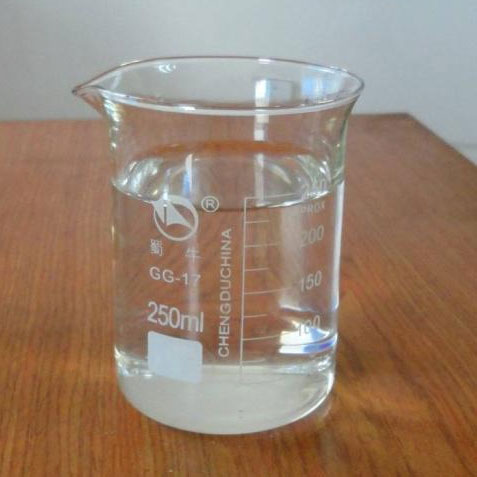Yes, sodium dihydrogen phosphate is freely soluble in water.
I. Introduction
Sodium dihydrogen phosphate has the chemical formula NaH2PO4 and is an inorganic acid salt. It has a melting point of 60°C, so it is a solid at room temperature in the form of white crystalline powder .
The solubility of sodium dihydrogen phosphate is 12.14% at 25 °C. Therefore, sodium dihydrogen phosphate is hygroscopic and can agglomerate in humid air. Sodium dihydrogen phosphate dissolves to form a colorless, clear solution.

II. Dissolution mechanism of sodium dihydrogen phosphate
When sodium dihydrogen phosphate is dissolved in water, an ionization reaction occurs and its crystal structure is destroyed. The generated dihydrogen phosphate ions (H2PO4-) and sodium ions (Na+) combine with water molecules to form a hydrate, a process known as dissolution. The dissolved sodium dihydrogen phosphate molecules are surrounded by water molecules to form a solution of ionic compounds.
The process of dissolution of sodium dihydrogen phosphate can be represented by the following chemical equation
NaH2PO4(s) → Na+(aq) + H2PO4-(aq)
In this equation, NaH2PO4(s) represents the solid state of sodium dihydrogen phosphate. Na+(aq) represents the hydrate state of the sodium ion and H2PO4-(aq) represents the hydrate state of the hydroxide ion.
That is, during dissolution, sodium ions will combine with water molecules to form Na+(aq) ions and hydroxide ions will combine with water molecules to form H2PO4.(aq) ions.
This ionization reaction process is a reversible reaction, meaning that there is an equilibrium of interconversion in solution. When a certain equilibrium is reached between the concentrations of sodium and hydroxide ions in solution, the ionization reaction will stop and chemical equilibrium will be reached.
III. Solubility of sodium dihydrogen phosphate changes with temperature
The solubility of sodium dihydrogen phosphate shows a trend of increasing and then decreasing with the change of temperature. At low temperatures, the solubility of disodium phosphate is low, and with the rise of temperature, the solubility gradually increases; when the temperature reaches a certain value, the solubility begins to decrease again. This change is mainly due to the formation of hydrate during the dissolution of disodium phosphate, and its crystallization process will be affected by the temperature. Specifically, when the temperature decreases, the dissolution equilibrium moves toward crystallization, leading to the precipitation of sodium dihydrogen phosphate to form crystals, which results in precipitation.
IV. Comparison of the solubility of sodium dihydrogen phosphate, sodium hydrogen phosphate, sodium phosphate at 100°C
- Sodium dihydrogen phosphate solubility: 100 °C- 234 grams
- Solubility of disodium hydrogen phosphate: 100 °C – 234 grams
- Solubility of trisodium phosphate in water: 100 °C — 77.0 grams
It can be seen that the best solubility of sodium dihydrogen phosphate, followed by trisodium phosphate, disodium hydrogen phosphate is the worst.
Know more about Sodium dihydrogen phosphate:
Food grade Sodium Dihydrogen Phosphate.

